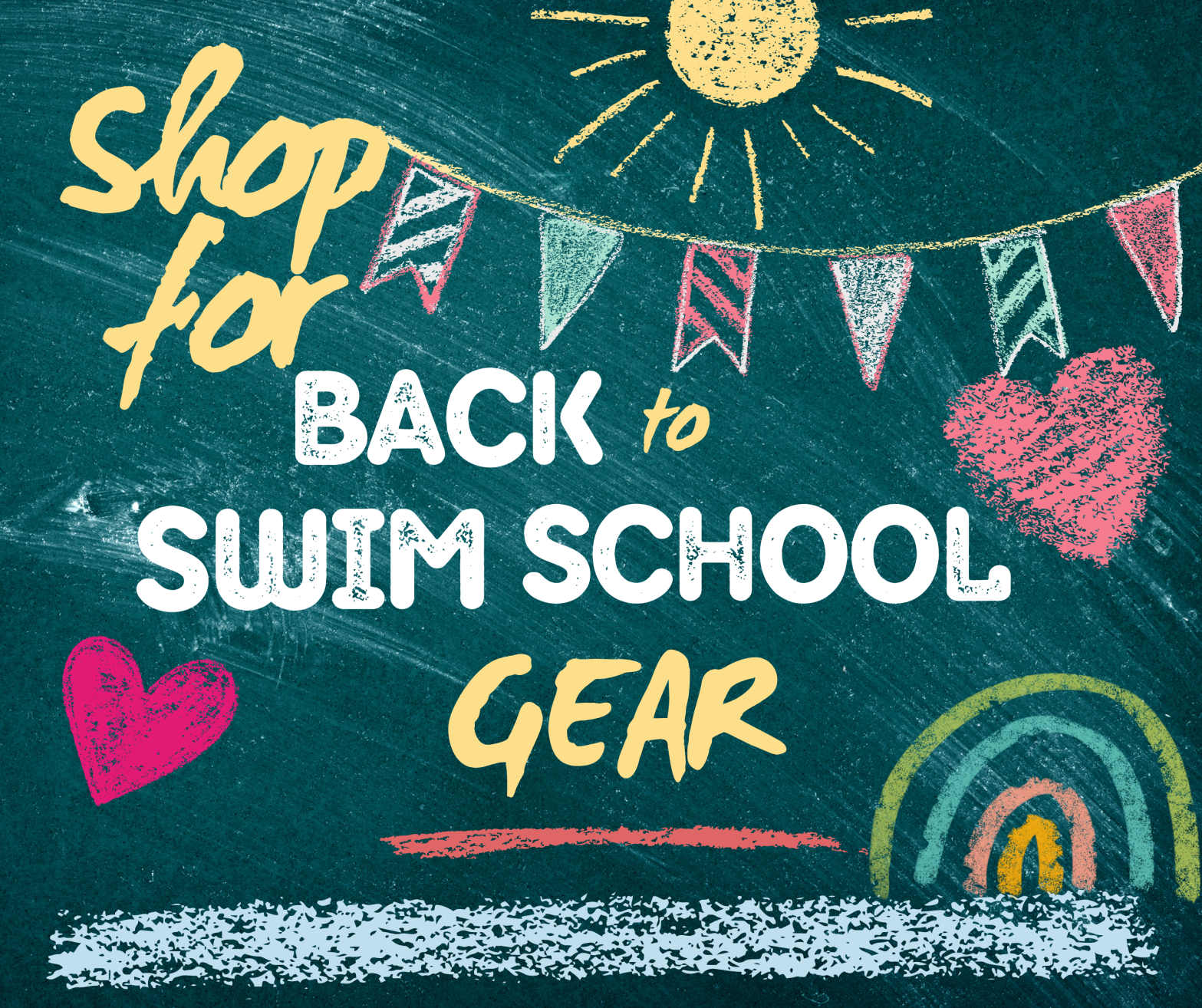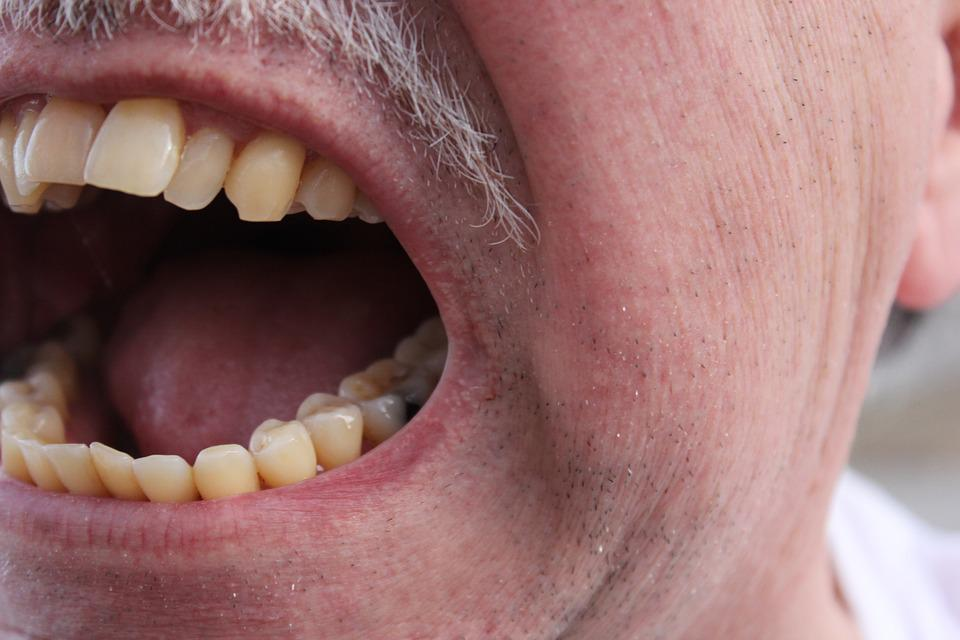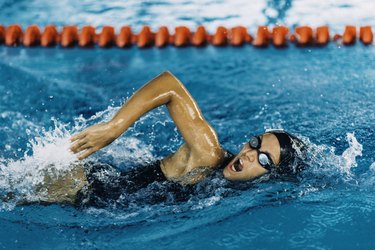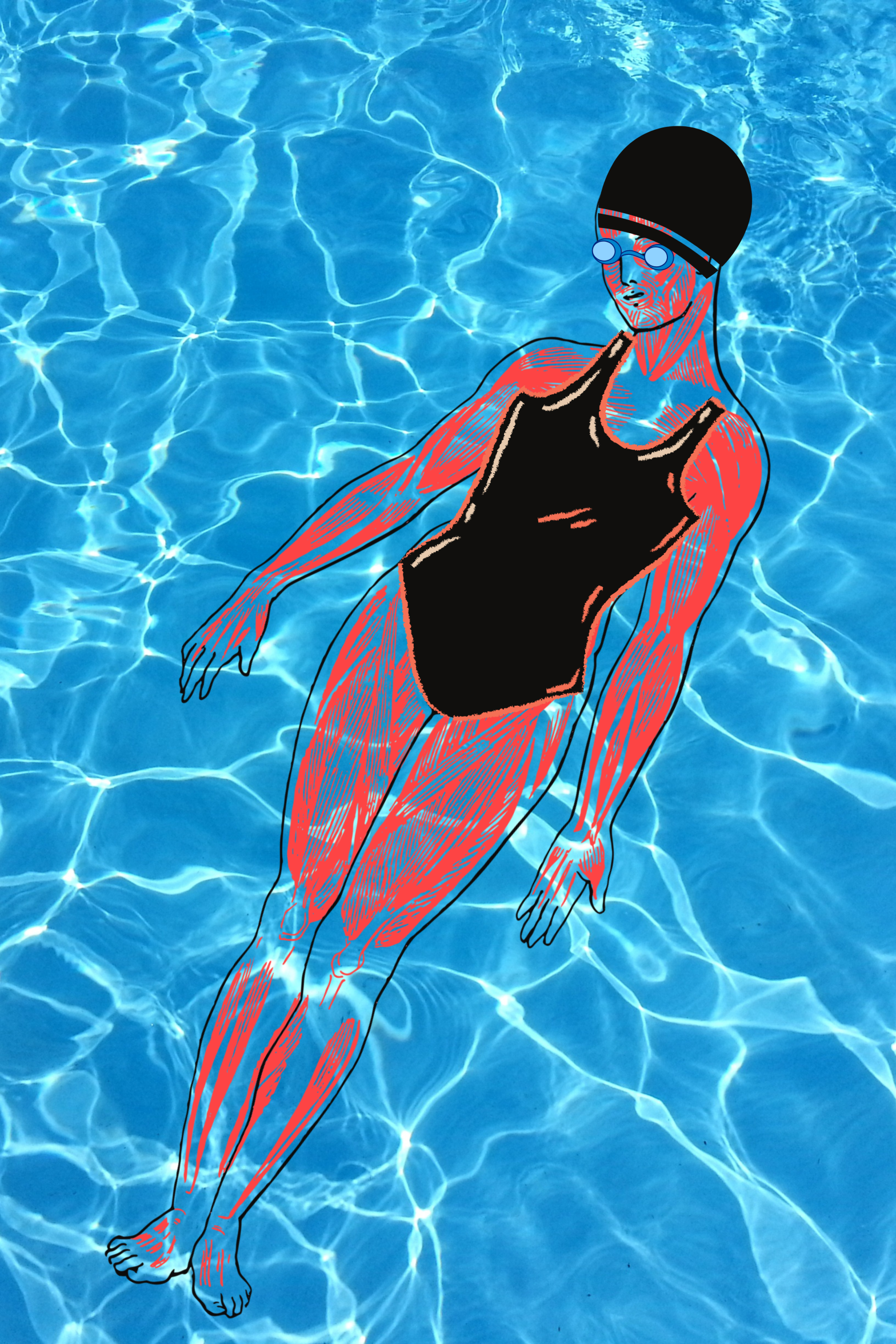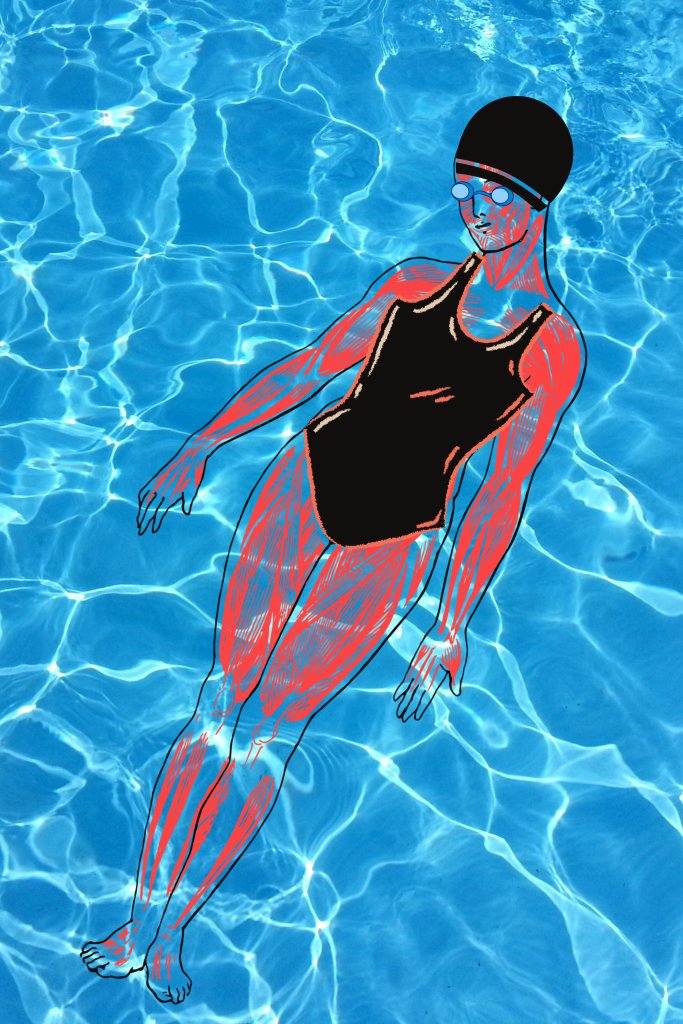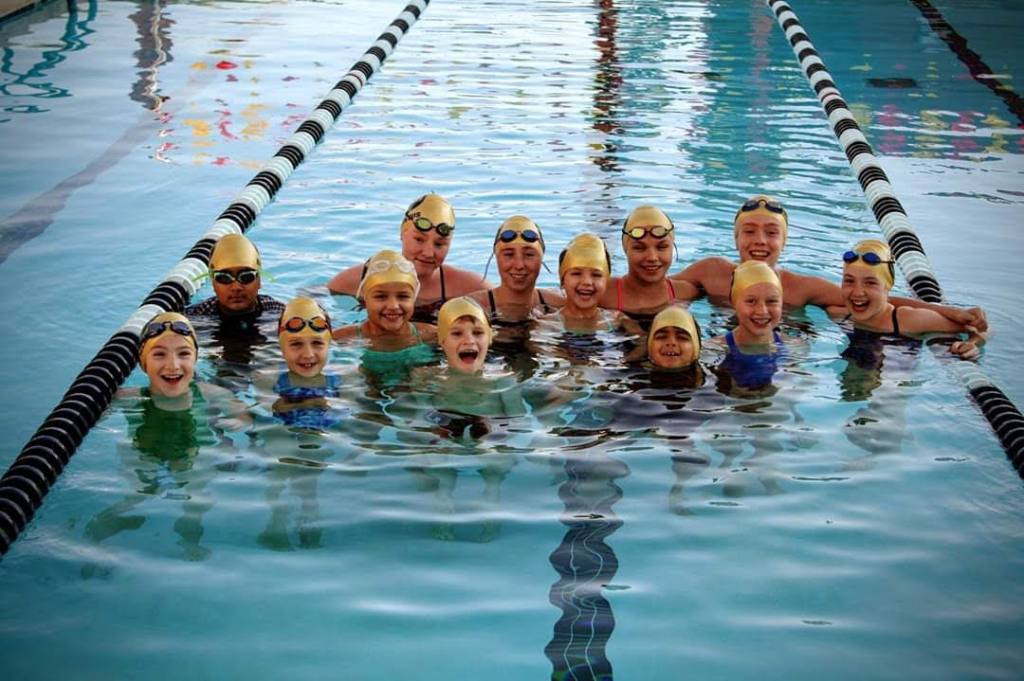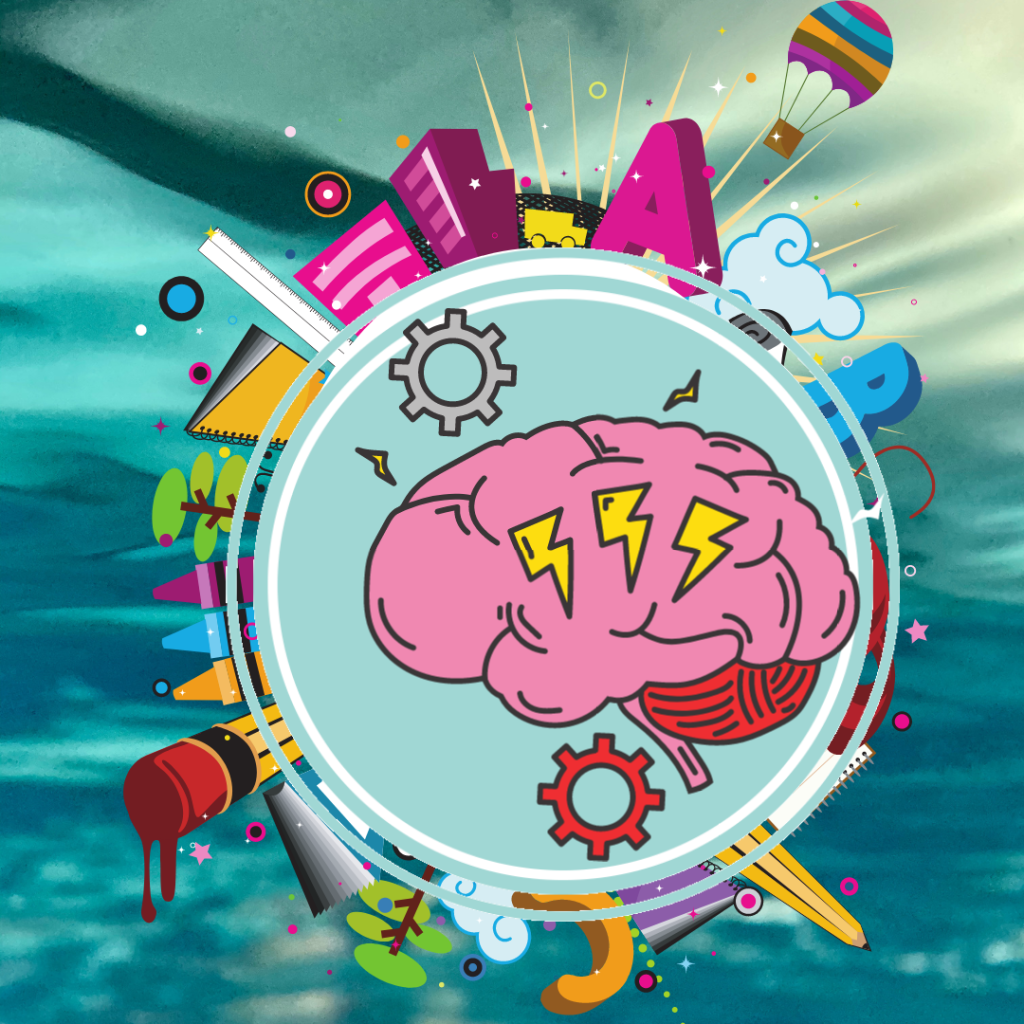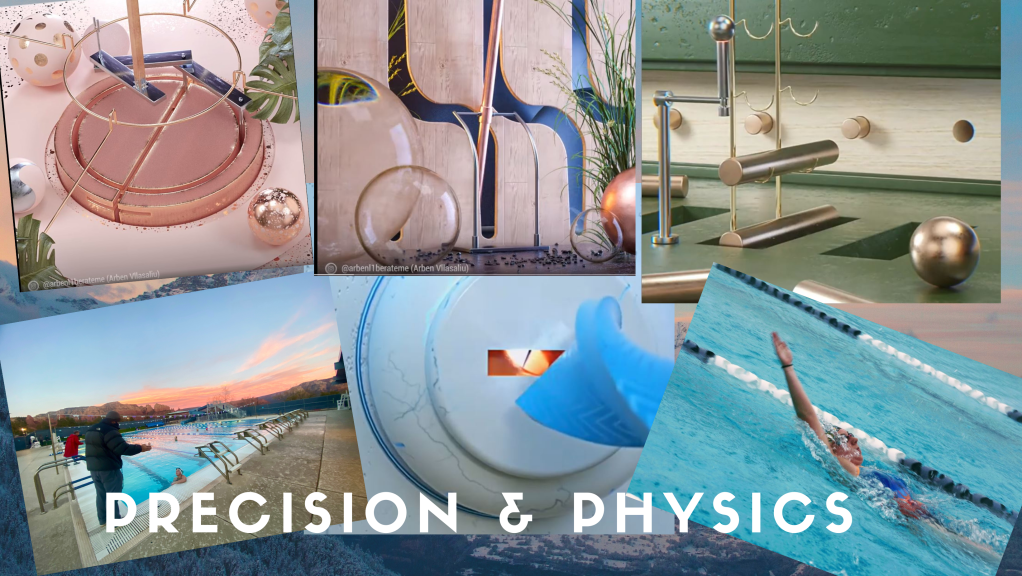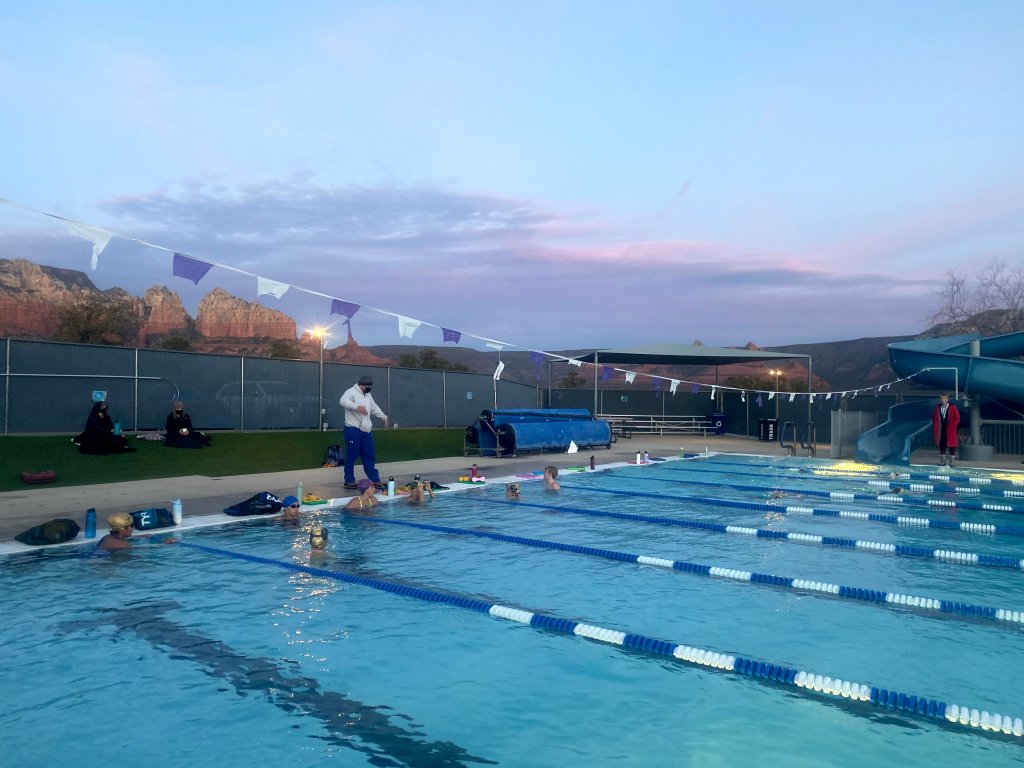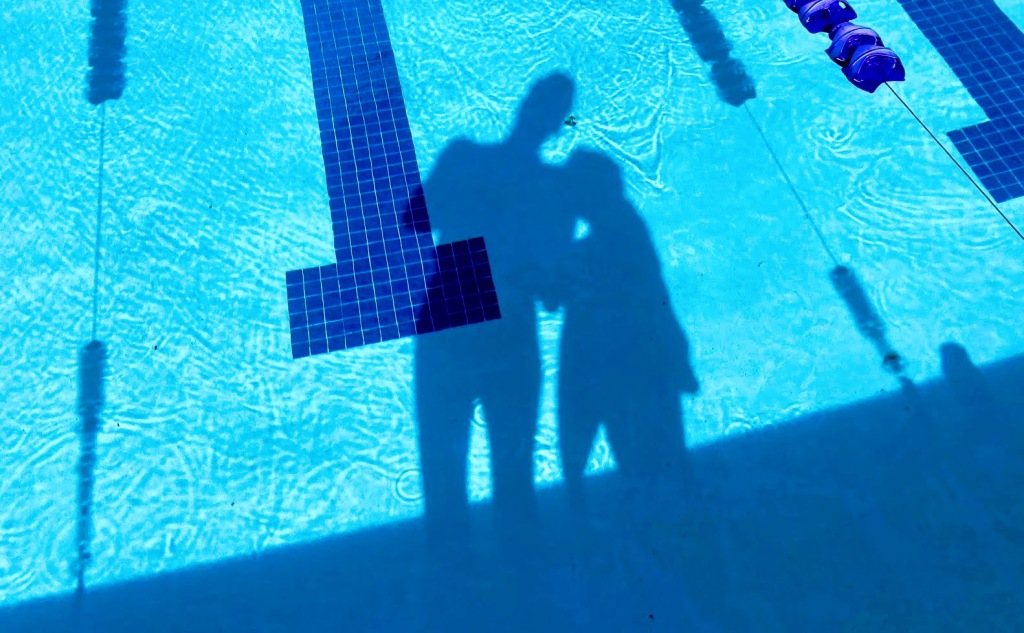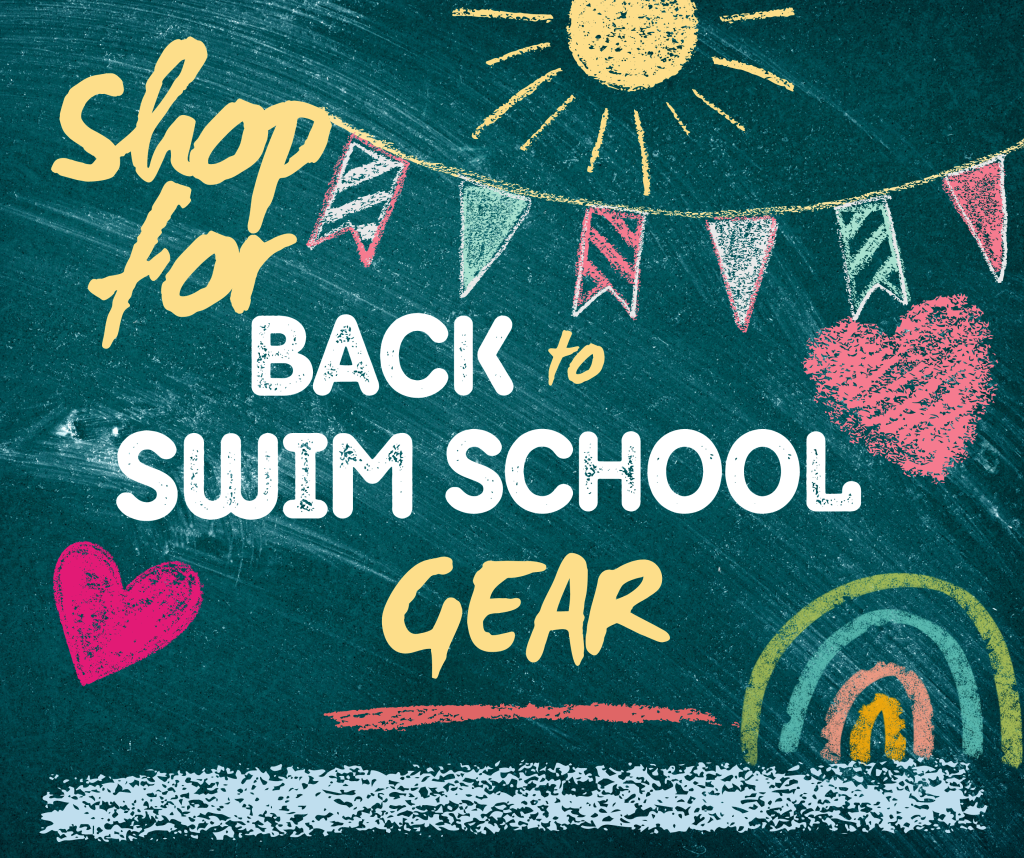
Check out essential gear for swimmers ranging from beginners to beginning swim team.
During summer at your city’s learn-to-swim programs, your child needs only a bathing suit and towel for their swim lessons. Municipalities have a ready stock of all items potentially needed in lessons.
However, if your child is continuing to swim in the off-season with private lessons or swim team activities, you might get them a few additional items. Read on to see what you should bring.
Back to Basics
At every level, there are four things your swim student should bring with them to the pool. A well-fitting suit, goggles, a towel, and an unbreakable water bottle. Swim caps are also recommended for children whose hair is long enough to cover their eyes when their hair is wet.
When your child is in swim school, these four things are enough, as additional equipment is provided during the lessons. You might wish to get them some of their own equipment to practice with between swim lessons. Check out info on additional equipment for swim lesson practice.
Select a suitable swimsuit
Picking out a swimsuit together with your child can be one of the great memories of summer. Your child might enjoy fanciful suits with 3-d flowers, billowy streamers or other decorative items. Although your child might be attracted to a particular style, the cutest one out of the bunch may not be the most functional for swim lessons.
Swimsuits get baggier in the water. When children are swimming horizontally, this can cause them to feel self-conscious and embarrassed as the suit droops and exposes the chest area on girls or the pelvic region of boys. Check out the best swimsuits for girls and suits designed for boys.
Shirts and other outfits meant to provide modesty, sun protection, or extra warmth can add pounds of weight as they absorb water, making it difficult to swim. Sleeves often stretch, and kids lose the feel of the water as they swing long water-laden fabric that is billowing along beyond their hands. Be sure to look for long-sleeved swimsuits rather than rashguards or swim shirts.
Goggles for clarity
Beginning swimmers that show up without goggles usually don’t want to put their face in the water. They find the chlorinated water can feel strange to their eyes, or even create an unpleasant burning sensation if pool chemicals aren’t right. Goggles hold the added bonus of helping them see underwater. As children learn to dive for toys, it’s crucial for them to be able to open their eyes and see what they’re picking up.
Getting a well-fitting pair of quality goggles and letting them practice wearing them at home will go a long way to ensure they can make the most of the limited time they have with their instructor instead of constantly fiddling with dollar-store goggles that break or come loose.
Check out Junior-sized goggles.
Keep hair out of the eyes
A swim cap is optional at the swim lesson level, but by the Pre-Competition Swim Skills class, it’s a good idea. It all depends on their hair length. The rule of thumb is if the hair can cover their eyes when wet they should wear one. This allows your child to keep their head in the correct position without having to tilt their head up to keep their hair out of their eyes and mouth.
Long hair should always be secured in a ponytail, braids or other fashion that prevents the hair from tangling around the arms, interfering with their ability to hear, or covering the face. Such a hairstyle also makes it easy to put the hair up inside a cap and helps the cap stay on as hair is not shifting around inside the cap.
If your child doesn’t like wearing a swim cap, they might respond well if it’s fun and cute, has extra room for long hair, or is made from stretchy fabric. There are also roomy caps designed for long hair. Check out these caps for kids who don’t like to wear swim caps.
Wrap them up in warmth
Even though the pool is heated to a balmy 82-84 degrees for your child’s swimming lesson, cooler days of autumn and winter can make it challenging for children to want to get OUT of the pool after their lesson ends. An oversized fluffy towel or absorbent changing poncho ready to enfold them can make it easier to trade the warmth of the water for the cool air outside.
A fanciful towel such that your child gets to help pick out comes with lots of benefits:
- Make it easier to get out of the pool – It’s amazing how many kids cry when their lesson is over, and a fun, warm towel is a great lure for helping them transition out of the pool.
- Little bodies lose warmth easily and it can be easy to bundle them up and take them home while they’re still warm from being in the pool.
A changing poncho is a great alternative to a traditional towel. It usually has a hood, covers them completely, and can also be worn under a snuggly parka when the weather is cold outside, so you can whisk them from pool to the car and home to a warm bathtub or shower.
Unbreakable water bottle
It might seem counterintuitive that a body immersed in water would lose hydration. Bodies working hard in the pool can actually sweat, and even more body fluid is lost through the breathing exchange when kids swim. For this reason, children should have access to water or another clear hydration fluid should they need it during their lesson. A non-spill, unbreakable container such as one made of stainless steel is ideal. Fun & kid-friendly designs can help remind them to take a sip every so often.
Swim fins
Swim fins help swimmers develop a powerful kick and train the largest muscles in their body. Kids in swim lessons can also benefit as fins help them quickly develop necessary muscles to help them hold themselves horizontally in the water.
The best fins are swim fins of short or medium length. Long scuba fins cause kids to have to use a long, floppy kick when kicking along the top of the water. They are easy to tell as they are quite long and usually have a split down the middle of the blade.
Fins should fit snugly to prevent falling off during practice. A pair of thin cotton socks or scuba socks worn underneath can help prevent friction burns. Rubbing the tops of the feet with vaseline can also lessen friction.
Congratulations on taking the steps necessary to get what gear your child will need for swim lessons! Check out all your swim gear needs at our online store. Affiliate link profits go to help keep swim lessons rolling year-round in the Verde Valley!

